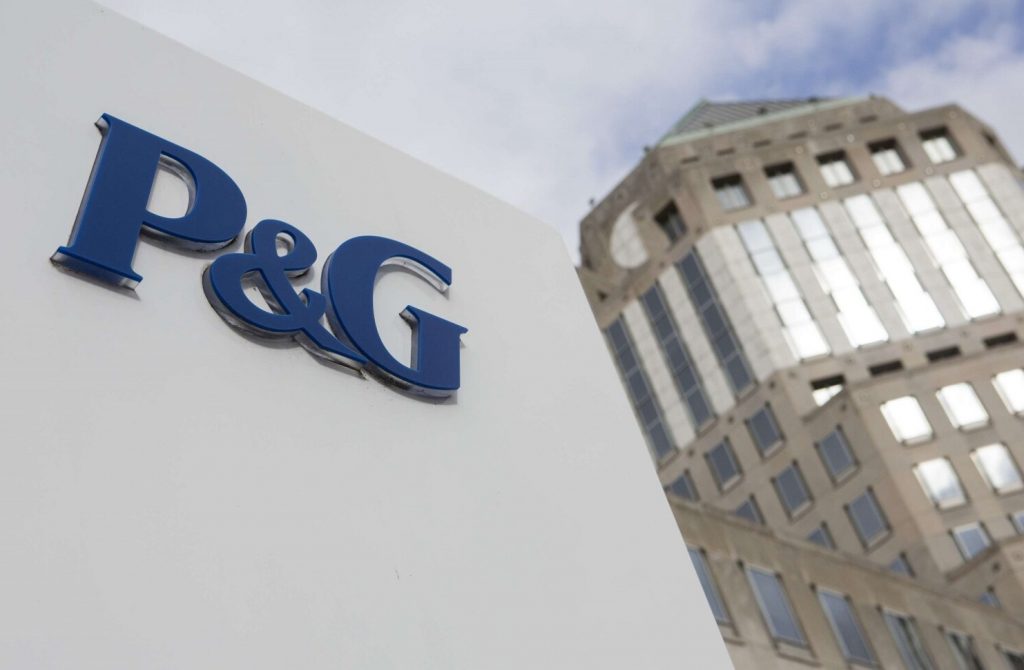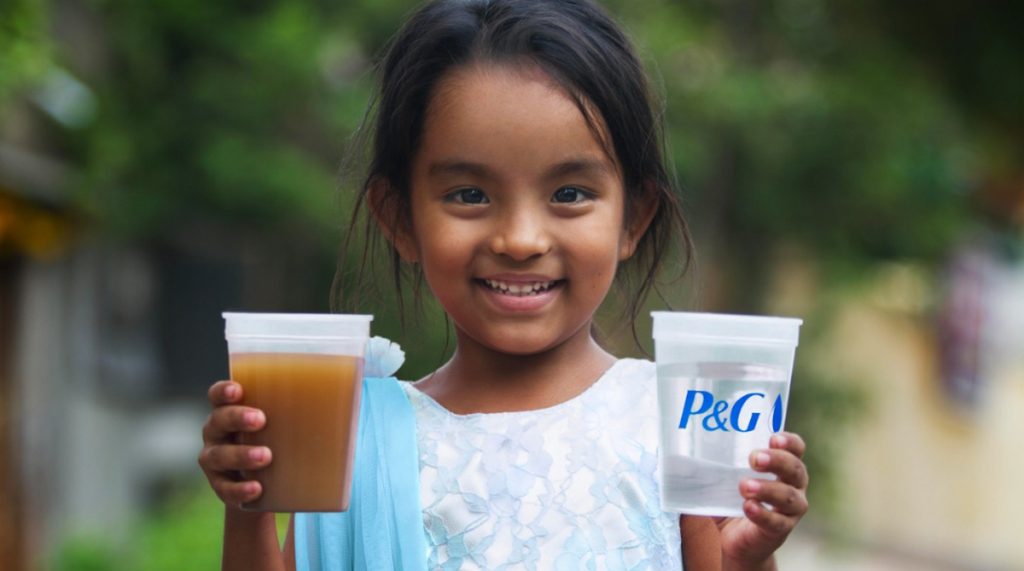The Marketing mix of Procter & Gamble analyses the 4Ps of Procter & Gamble, including the Product, Price, Place, and Promotions. The Procter & Gamble (P&G) marketing mix contributes to the brand’s success by increasing the company’s brand value in the world market. Procter & Gamble is one of the leading FMCG companies and one of the most admired companies in the consumer goods industry. It is known for the numerous brands working under it, high market penetration, logistical efficiency, and competitive advantage over rival companies to gain market share in the consumer market.
The Procter & Gamble (P&G) marketing strategies have been the driving force behind the creation of a practical marketing mix framework that focuses on product mix, product lines, retail stores, distribution strategies, pricing strategies, personal selling, internet marketing efforts, direct marketing, and promotional mix so that the company can become a global leader in the FMCG industry.
Table of Contents
Introduction: The Procter & Gamble Company
# The Procter & Gamble Company
- Origin Country: United States of America
- Founders: William Procter and James Gamble
- Founded: 1837
- Headquarters: Cincinnati, Ohio, USA
- Employees in 2023: 106,000
- Annual Revenue in 2023: 80.281 billion USD
- Net Income in 2023: 13.997 billion USD
- Market Cap in 2023: 352.72 billion USD
The Procter & Gamble Company (P&G) is an American multinational company founded by William Procter and James Gamble, hence the name Procter & Gamble. It is associated with the global consumer goods industry and has numerous brands working under it in different market segments.
The company’s Three brands, Pantene, Pampers, and Gillette, are on the list of top 15 personal care brands in the global market in 2023. The company is also the biggest spender on online advertising campaigns.
Procter & Gamble has been featured in the Fortune list of “Most Admired Companies in the World,” along with its high-quality products; its brands have come a long way with the help of business diversification and global expansion.
Procter & Gamble Product Strategy
Procter & Gamble’s marketing mix has focused on its product mix as it wanted to make products for every customer group. Moreover, all the company’s product lines are closely related. P&G is a global leader in the various consumer goods market sections. It is known for its portfolio in the grooming segment, family care, fabric care, baby care, personal care, and hygiene products.
At one time, the company had 165 brands working under it. Still, in 2014, it was announced that it would drop 100 brands from its portfolio and concentrate on the rest of the closely related 65 brands, generating 95% of the total profits.
Procter & Gamble (P&G) is a multinational consumer goods corporation with a broad distribution and diverse range of products. As of my last update, the company’s product mix spans several categories.
The new Product Mix of Procter & Gamble in 2023 is as follows (Source).
- Beauty: Hair Care Brands: Head & Shoulders, Pantene, Herbal Essences, Aussie; Skin and Personal Care Brands: Olay, Old Spice, Ivory, Safeguard
- Grooming: Shaving Brands: Gillette, Venus, Braun; Electric Personal Care Appliances: Braun grooming products
- Health Care: Oral Care Brands: Crest, Oral-B; Personal Health Brands: Vicks, Prilosec OTC, Align, Metamucil
- Fabric & Home Care: Laundry Brands: Tide, Ariel, Gain, Cheer, Downy, Lenor; Cleaning Brands: Mr. Clean, Swiffer, Febreze, Dawn, Fairy
- Baby, Feminine & Family Care: Baby Care Brands: Pampers, Luvs; Feminine Care Brands: Always, Tampax; Family Care Brands: Bounty, Charmin, Puffs
Procter & Gamble Place Strategy
P&G is a multinational corporation that has spread its product presence to nearly 160 countries with operations in 80 countries. The company has followed a global expansion policy for a worldwide network. It has set up manufacturing units in several countries, such as the manufacturing facilities in Goa and Baddi in India.
In 2018, P&G announced a simple corporate structure with the remaining 65 brands in 6 selling and target market organizations. These are North America, Latin America, Greater China, Europe, Asia Pacific (India and the Middle East) and Africa.
The company focuses on an effective distribution strategy that promotes more sales through an efficient distribution system. The intensive distribution channels include retail stores, online sites, supermarkets, a chain of retail outlets, hypermarkets, and even corner shops authorized distributors.
Here’s Procter & Gamble’s place strategy.
- Global Distribution Network: Procter & Gamble employs a wide-reaching global distribution network that includes operations in over 180 countries, enabling the company to cater to diverse markets with varying consumer needs and preferences.
- Multi-Channel Retail Strategy: P&G products are available through various retail channels, including supermarkets, drugstores, department stores, e-commerce platforms, and specialty retailers, ensuring accessibility to a broad consumer base.
- Strategic Partnership with Retailers: The company collaborates closely with retailers, offering marketing support and category management to enhance the visibility and sales of its products in stores.
- Localized Manufacturing and Supply Chain: P&G operates numerous manufacturing sites worldwide, allowing for localized production, which reduces shipping costs and delivery times and adapts products to meet regional demands and regulations.
- Digital and E-commerce Focus: Recognizing the shift towards online shopping, P&G has strengthened its digital presence and partnerships with major e-commerce platforms, ensuring its products are readily available in the rapidly growing online marketplace.
Procter & Gamble Pricing Strategy
The marketing premium pricing strategy part of the company ensures that the price element of the marketing mix is up to the mark because good pricing strategies can help to sell the products.
There are nearly 65 brands under the umbrella company, and P&G has adopted different pricing policies based on its market trends and product portfolios.
The most profitable segment of Procter & Gamble Company in the global market is Fabric care and Home Care, with net sales of 27 billion USD in 2022. Since 2015, 21 global brands like Tide, Bounty, and Crest have generated $1+ billion in annual sales.
P&G employs a sophisticated and multi-faceted pricing strategy to maintain its market position and meet diverse consumer needs. Here are critical aspects of P&G’s pricing strategy:
- Value-Based Pricing: P&G sets prices based on the perceived value of its products to consumers. This strategy involves understanding consumer perceptions and preferences and ensuring that prices align with the quality and benefits offered by their products. For instance, premium brands like SK-II command higher prices due to their perceived high value in the skincare market.
- Competitive Pricing: In highly competitive segments, such as household and personal care products, P&G often uses competitive pricing. This approach involves setting prices in line with or slightly below competitors to attract price-sensitive customers without engaging in a price war.
- Product Line Pricing: P&G employs pricing strategies to address different market segments. This involves setting various price points within a product category to cater to different consumer groups. For example, Tide might be a premium brand in the laundry detergent category, while Gain targets more price-conscious consumers.
- Promotional Pricing: To drive sales and increase market share, P&G often uses promotional pricing strategies. This includes limited-time discounts, coupons, and bundle offers to incentivize purchases and introduce new customers to their products.
- Dynamic Pricing in E-Commerce: With the rise of online shopping, P&G has adapted to dynamic pricing models, especially on e-commerce platforms. Prices may vary based on algorithms that consider demand, competition, and consumer behavior online, allowing P&G to maximize profits and market share in the digital realm.
Procter & Gamble Promotion Strategy
The P&G company has adopted an aggressive attraction strategy to boost its brand value and increase its customer base in the market. The marketing strategy and marketing mix elements focus on the following marketing tools.
Traditional Media
The company has created some of the most fantastic ad campaigns via digital and print media like television, radio, newspapers, magazines, hoardings, and billboards.
Social Media Platforms
The company realizes the importance of Internet marketing and online media and has used social media platforms to post related information and connect directly with customers. Social media sites are also used to empower various online communities. The company utilizes a “My Black is Beautiful” page on Facebook, which is filled with articles and videos for empowering black girls and women.
Personal Selling
P&G’s marketing strategy focuses on personal selling, and the service provider has used direct marketing methods where it offers discounts or gift schemes and free samples to attract customers.
Sponsorships and Tie-Ups
P&G is a global brand with tie-ups with shopping sites and various online communities like BeingGirl.com and Women.com to target consumers and promote its products. The brand sponsors Spanish novellas, music, the Summer and Winter Olympics, athletes, etc.
Some Recent Video ads and Print ads for Procter & Gamble are:
https://youtu.be/bVoyVm52FKY
Liked this post? Check out the complete series on Marketing Mix


Can u give me the comparative analysis of 4p of marketing strategy between Procter and gamble and Johnson and Johnson ….i would be grateful if you kindly help me….. Thank You
can you give me the 7p’s of marketing mix of P&G
kindly help me…
Thank you